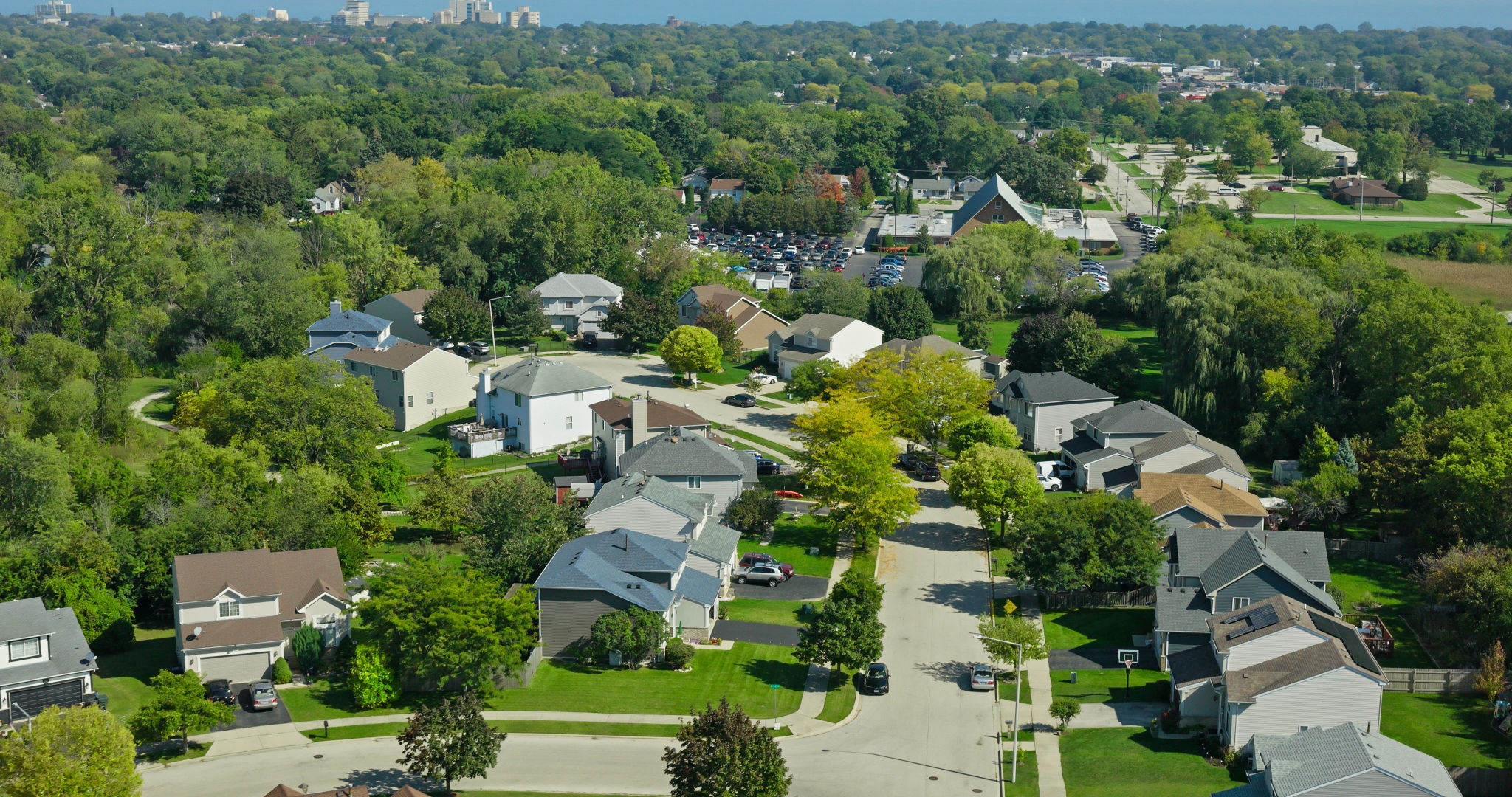Seasonal Real Estate Trends: What Developers Need to Know
EC
Understanding Seasonal Real Estate Trends
In the ever-evolving world of real estate, understanding seasonal trends is crucial for developers looking to optimize their projects. Seasonal shifts can significantly impact property demand, pricing, and buyer behavior. By grasping these patterns, developers can make informed decisions that align with market needs and maximize returns.
The real estate market is inherently cyclical, with peaks and troughs that often align with the seasons. Recognizing these patterns allows developers to plan their projects strategically, ensuring that they hit the market at the most opportune times.

The Spring Surge
Spring is traditionally the most active season in the real estate market. As the weather warms up, potential buyers are more inclined to attend open houses and view properties. This surge in activity often leads to increased demand, which can drive up property prices.
Developers looking to capitalize on the spring market should aim to have their projects completed and ready for sale during this time. Marketing efforts should be ramped up to attract buyers who are eager to make a purchase before the summer months.
Summer Stability
While spring might see a flurry of activity, summer tends to bring a sense of stability to the real estate market. Families prefer to relocate during this season, as it coincides with school vacations, making it an ideal time for moves. As a result, properties that cater to families might see consistent interest.
Developers should focus on highlighting family-friendly features in their properties during summer marketing campaigns. Outdoor spaces, proximity to schools, and community amenities can be key selling points during this season.

The Fall Slowdown
As fall approaches, the real estate market often experiences a slowdown. With the school year starting and the holiday season on the horizon, many buyers become less active. However, this doesn't mean developers should take a backseat.
This period offers an opportunity for developers to reevaluate their strategies and prepare for the next cycle. It’s an excellent time to focus on renovations, updates, or launching new marketing campaigns aimed at attracting buyers who are still in the market.
Winter Challenges and Opportunities
Winter is generally considered the slowest season for real estate. Harsh weather conditions and holiday distractions contribute to reduced buyer activity. However, serious buyers who are looking during this time are often highly motivated.

Developers can take advantage of winter months by offering incentives such as price reductions or flexible terms to attract these motivated buyers. Additionally, this is an ideal time to start new projects, ensuring they will be ready for the busier spring market.
Adapting Strategies for Success
To thrive in a seasonal real estate market, developers must remain flexible and adapt their strategies according to each season's unique characteristics. By understanding the cyclical nature of real estate trends, developers can better prepare for market fluctuations and position themselves for success year-round.
Some key strategies include:
- Timing project completions to align with peak buying seasons.
- Tailoring marketing campaigns to highlight seasonal advantages of properties.
- Offering incentives during slower seasons to attract motivated buyers.
By leveraging these insights and strategies, developers can navigate seasonal real estate trends effectively, ensuring their projects meet market demands and achieve optimal returns.